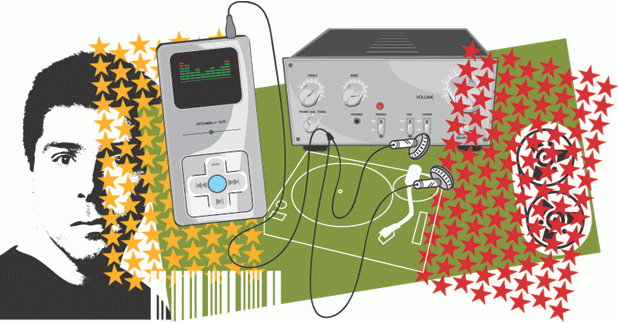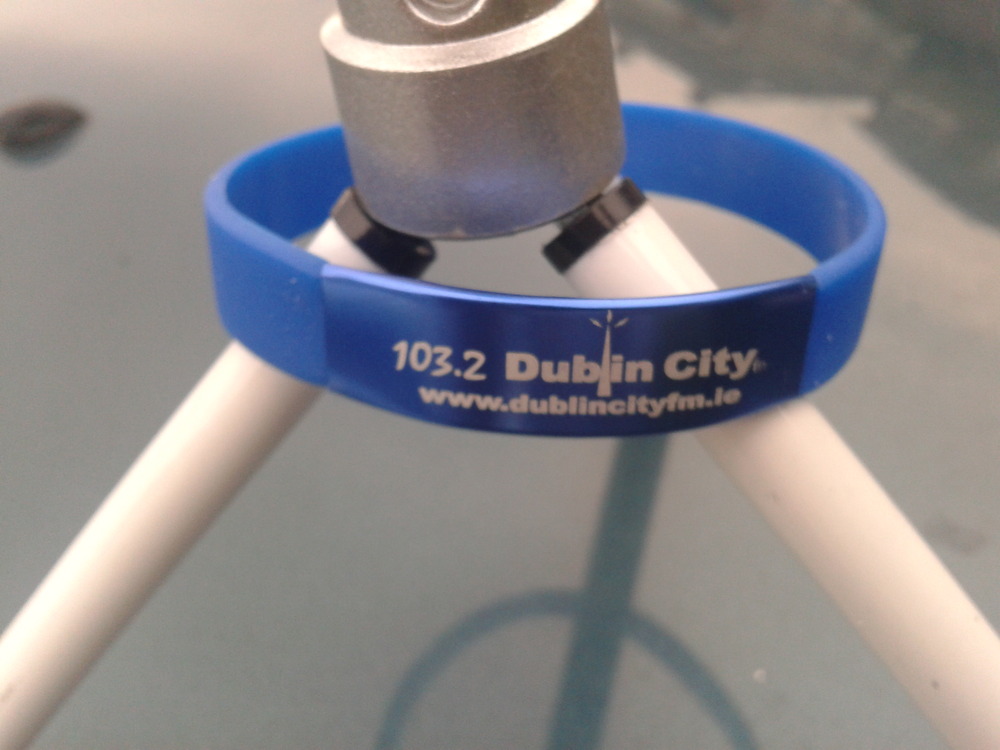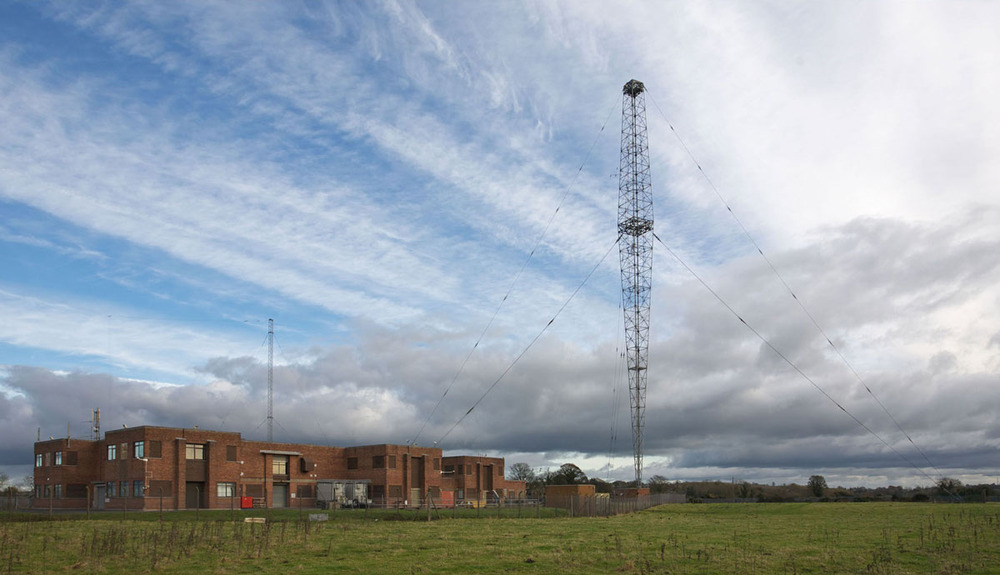Author Archives: Brian Greene
Radio band
Radio for the masses
I volunteered to find some suitable radios for the local roman catholic church that are keying up for jesus and broadcasting services on 27mhz (11 meters) in the Citizen Band. While I don’t receive the holy spirit myself i do get radio signals and their outreach potential. The churches receiver sets that they have been using have heard better days. The radio sets are given to parishioners that are unable to attend church on a regular basis.
So far I could source the following for sub €50 from China (if customs doesn’t slap a big chunk of duty on it)
I like the sound of the ATS feature the radio has. Think of it as a blind scan of the whole SW band. In about 2.5 minutes! it scans 2-30Mhz and stores the signals in a memory bank other than the 500 presets the radio boasts. It stores 1200 scanned stations in 12 pages of 100.
The name Tecsun (like Texan) PL 210 (like polonium 210) is from a family of radio sets that have been getting good reviews for the sensitivity of the FM & SW tuners and its 10Kc down to 1Kc tuning bandwidths. Power is via a mini USB accepting 5v and will charge provided 3xAA rechargeables.
I might just have to test drive one before I bulk order. Anyone importing these into Ireland? get in touch.
Belfast’s Blaw-Knox Radiator
photo via http://radiomap.eu
If you have ever driven into Befast from the South you may have seen this antenna at Sprucefield and wondered what is that for? Well I did, all too often. I knew it was for radio transmitting, but I never knew what kind. Was it broadcast radio? was it for utilities such as army? That’s what I used to think when I was younger and there was more army about. But its design was a clue to its use. The diamond shaped antenna that is fatter at the middle is an antenna design classic that adorns QSL cards & Radio Billboards (of yesteryear) the world over. The answer to my question was that it is in use for regional broadcast radio.
Analogue radio
| Frequency | kW[1] | Service |
|---|---|---|
| 720 kHz | 10 | BBC Radio 4 |
| 909 kHz | 10 | BBC Radio 5 Live |
| 1089 kHz | 12.5 | Talksport |
| 1215 kHz | 16 | Absolute Radio |
| 1341 kHz | 100 | BBC Radio Ulster |
Built in 1936 this radio relic is still of great use today. via bbceng.info The ‘Blaw-Knox’ mast and the ‘anti-fading’ characteristic! From an engineering point of view, the ‘big fat middle’ of the Blaw-Knox mast, just near the ‘point of maximum aerial current’, seems just ideal, as any radio engineer will confirm! Its original frequency was 977 ‘Kc/s’ (kHz) and the overall length of the mast at commissioning was just a little over 500 feet in height. It was commissioned as ‘the BBC’s first anti-fading aerial’ (Pawley p94). The ‘Anti-fading’ characteristic is often associated with the strong visual impression that these ‘Blaw-Knox shaped’ radiators impose upon one’s psyche. Ostensibly, it seems completely logical that the radiator’s complex and unique mechanical shape would be the reason for such desirable anti-fading properties. Incredibly, this is not the case! In fact, no aspect is more misunderstood about the whole Lisnagarvey site than this very point! Any ‘anti-fading’ characteristics that the tower may have had nothing in the least to do with its cigar shape! In fact, the ‘unique shape’ of such radiators was proven to actually degrade their performance instead of enhancing their characteristics!
Radio Prague at 75
Remembering Philip Greene
Legendary Irish sports commentator Philip Greene (90) passed away in May 2011.
RTÉ reported Sunday, 15 May 2011
The death has taken place of Philip Greene, who was best known as a soccer commentator on RTÉ Radio, as well as being as Head of Sport with the station. Greene began his RTE Radio career in the 1940’s. He was editor, producer and presenter of the popular Sports Stadium programme. His first commentary on a soccer international was the game against Argentina at Dalymount Park in 1951. A life-long Shamrock Rovers and Manchester United supporter, he also wrote a column in the Evening Press newspaper. Although best known as a soccer commentator, Philip Greene also commentated on athletics and cricket. He covered his last soccer international for radio in 1985, the year of his official retirement.
hear Philip Greene in action in this 1957 recording. Ireland v England World Cup qualifier in Dalymount Park. An injury time (90th minute) England equaliser puts Ireland out of qualification for the 1958 world cup finals.
from the Irish Times May 19th 2011
Eoin Greene … recalled the time his father had done a broadcast for the BBC on the Belgium-Ireland European Championships qualifier in 1986 when he and his brother, who were with their father for the commentary, were told to keep quiet until after the match. When the match ended 2-2, his father put down the microphone and told his children to “turn up the volume on the television”. He had covered the match from home.
WCSC Tower Removal time lapse video
Irish Radio and all that Jazz
The Minster gets involved
The sponsorship of programmes on Radio ??ireann, or 2RN as it was originally known, had long been a source of contention for some. Irish companies paid ??5 per five minutes of sponsorship while foreign companies were charged twice this amount. In the first three months of 1927 advertising revenue amounted to ??200 but the entire revenue for 1928 was just ??28. By 1929 revenue had risen to ??50 per annum.[22] The secretary of the Department of Posts and Telegraphs, P.S. O???Hegarty, thought that advertising on radio should be allowed to die a natural death while Seam??s Clandillon, the station director, declared that, ???from a programme point of view they are a nuisance and are regarded by the listeners as an impertinence.???[23]The first sponsored programme, by Euthymol toothpaste, was broadcast on the 31st December 1927. Frequently these programme would use popular or dancehall music to entice the audience and would intersperse advertisements for their clients throughout the show. Radio ??ireann could be received throughout Western Europe and the sponsored programmes picked up a significant following outside Ireland.
When faced with an attack on fellow minister MacEntee on Irish radio, Gerald Boland cancelled the broadcast.Sean ??g ?? Ceallaigh was due to deliver a radio lecture on ???Irish Culture: It???s Decline??? on the 11th of January 1934. The Minster for Posts and Telegraphs, Gerald Boland, stepped in and had the broadcast cancelled. Justifying the cancellation, Boland stated that, ???Mr. ?? Ceallaigh had made a grossly unfair and unjustified personal attack on the Minister for Finance at Mohill on the 1st of January and must have known that Mr. MacEntee was not responsible for the conduct of the broadcasting service. I was determined to ensure that he would not avail of the opportunity presented by his broadcast to renew his attack.???[24]
?? Ceallaigh stated that he had submitted the text of his lecture to the station director a week in advance and no objection had been made but Boland questioned the capacity of ?? Ceallaigh to stick to his prepared script. In an interview on the subject, Boland said, ???that if he (?? Ceallaigh) wants to make a personal attack on a Minister he can do it, but he will not do it over the radio if I can help it.???[25]
Boland also sought to reassure the public that he was taking steps to curtail the amount of jazz music broadcast on Radio ??ireann and to replace it with classical music and military marches. The Minister had already used his influence to have the words of ???a foreign type of Good Night song,??? that one of the programmes concluded with, excised and he announced that he was prepared to forego the revenue derived from sponsored programmes rather than have them ???serve to advance jazz.??? [26]
via The Anti-Jazz Campaign ~ The Irish Story by Cathal Brennan
http://www.theirishstory.com/2011/07/01/the-anti-jazz-campaign/
Lee de Forest 1873-1961
Lee de Forest, 1873-1961, was an inventor and scholar who made significant contributions to the science of electronic communications during the first three decades of the Twentieth Century. He held numerous patents on the technology of radio, television and film.
Lee De Forest, father of radio died 50 years ago this week. De Forest test transmitted from the Martello Tower in Howth in Dublin to the British Navy in the Irish Sea in 1903.
Vigra 630 kHz in Norway to close down on 30 June
Eivind Motland reports: Norwegian public broadcaster NRK will cease broadcasts on 630 kHz from the Vigra mediumwave transmitter on 30 June. The purpose of keeping it on the air simply isn???t there anymore, as it primarily is targeted towards the fishing fleet to let them get the weather reports. Today NRK broadcasts weather forecasts on dedicated channels on satellite and DAB.


